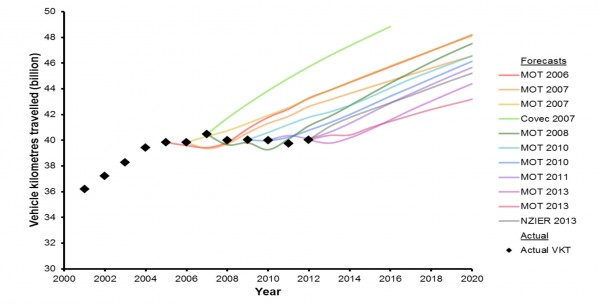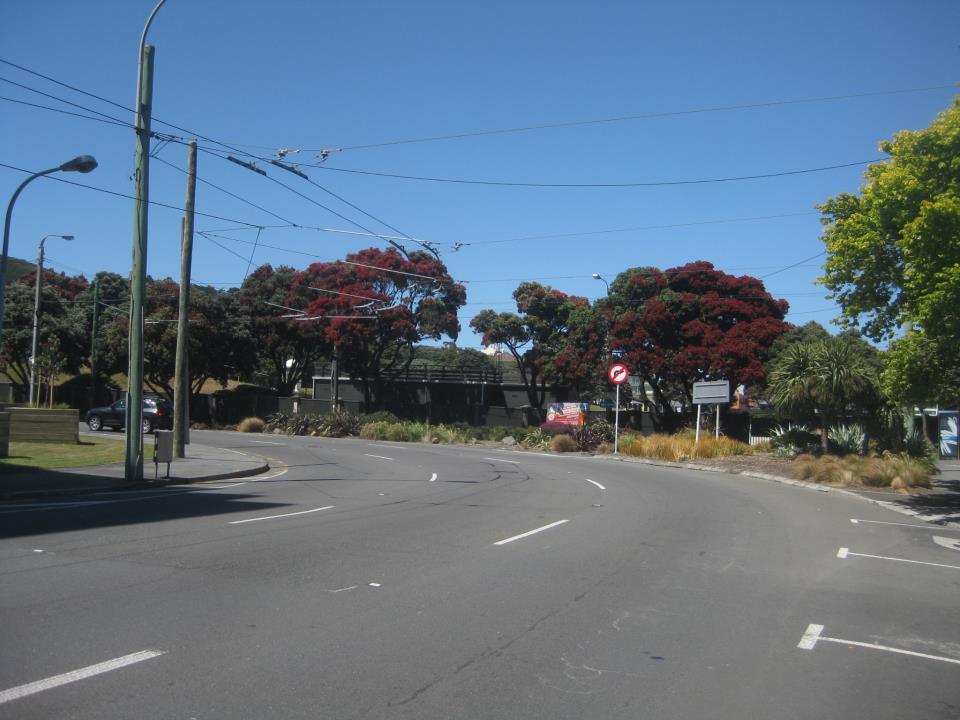The draft Government Policy Statement is a very significant change from the previous Government’s motorway-dominated policies – the policies that led to the now-defeated Basin Reserve flyover proposal. As far as Save the Basin is concerned, it’s a vital and welcome change of direction.
But it’s only a draft, and it’s under threat.
The powerful roading and trucking lobbies are marshaling their forces to push back against the GPS. That’s why we need you to submit and say that you support the direction laid out in the draft Government Policy Statement.
Only got time to make a quick submission? Please read the next section – it’s got all you need!
Make a quick submission
We suggest you email gps2018@transport.govt.nz with the subject line “Providing feedback on the Draft GPS 2018” and say something like this:
I support the Government’s new transport policy direction. It’s good for the climate, good for public health, and it provides better transport choices so fewer people need to rely on private cars.
I especially like the increased funding for public transport (including rapid transit), walking, cycling and rail, and the decreased funding for state highways.
Make a detailed submission
Possible submission points
There are plenty more points you can make if you wish, and we’re certainly not claiming the draft GPS is perfect. Here are some detailed points of support, and suggestions for improvements, you could make in your submission:
I strongly support:
a) the strategic priorities of safety, access, environment, and value for money
b) increased funding for public transport (including rapid transit), walking, cycling and rail
c) emphasis on integrated planning and mode neutrality
d) a second-stage GPS “to fully realise Government’s direction for transport investment” (draft GPS, p5)
Here are some things I’d like to see changed:
a) allocating funding by Activity Classes that are largely defined by mode is inconsistent with the theme of “a mode neutral approach to transport planning and investment decisions” (p23)
b) environment (“reduces the adverse effects on the climate, local environment and public health”, p7) should be a key strategic priority (like safety and access), rather than a supporting one
c) continuing the very high level of funding for state highway improvements does not appear to be consistent with the strategic priorities
d) recognising the safety implications of mode choice (eg the risk associated with travelling by car is roughly ten times greater than the risk of travelling by public transport)
e) greater support for demand management, such as congestion charging
f) ensuring distributional effects and equity effects of policy tools are managed properly – so insofar as there are adverse effects, the changes in transport funding and mode provision don’t hit poor people disproportionately hard
Background information
The Government Policy Statement on Land Transport sets the Government’s policy direction on transport. It’s revised every three years, and the last one was issued in 2015 by the then-National Government.
The last government were going to issue a new Government Policy Statement this year that reaffirmed their fixation with prioritising building motorways. Now, Minister of Transport Phil Twyford and Associate Ministers Julie-Anne Genter and Shane Jones have a very different vision for transport: a vision that prioritises reducing dependence on private cars, reducing greenhouse gas emissions, and improving public health. This potentially means a modern, sustainable transport system is coming Wellington’s way.
You’ll find the draft GPS and related documents here:
https://www.transport.govt.nz/ourwork/keystrategiesandplans/gpsonlandtransportfunding/
How to submit
The email address for your submission is gps2018@transport.govt.nz.
The official submission form is a downloadable PDF that has to be filled in and submitted by email or post. You may find it easier to simply send your submission in the body of your email.
Further reading
Here are two articles that do a good job of summarising why the draft GPS is worth supporting:
- On the Talk Welly blog: https://talkwellington.org.nz/2018/taxes-and-tolls-and-trains-oh-my/
- On the Greater Auckland blog: https://www.greaterauckland.org.nz/2018/04/04/new-government-policy-statement-transport-2018/
Here is a useful summary of changes in various “activity classes” in the new draft GPS that clearly shows why it’s a change of transport direction that’s worth supporting (.docx format).

